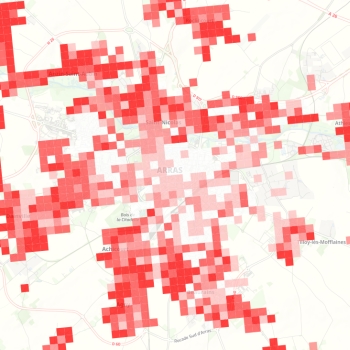society
Type of resources
Available actions
Topics
INSPIRE themes
Keywords
Contact for the resource
Provided by
Years
Formats
Representation types
Update frequencies
status
Scale
Resolution
-

The number of inhabitants according to official statistics by age group (<20 years, >=65 years, >=80 years) and by administrative entity (region, province, district and municipality) for Flanders and the Brussels Capital Region
-

Population density and area of administrative entities (region, province, district and municipality) for Wallonia
-

The number of inhabitants on January 1 according to the official definition of the population, by administrative entity (region, province, district and municipality) for Flanders and the Brussels Capital Region
-

The number of inhabitants according to official statistics per age group of 5 years and gender by administrative entity (region, province, district and municipality) for Wallonia
-

The average household size of private households, by administrative unit (region, province, arrondissement and municipality) for Flanders
-

The number of inhabitants on January 1 according to the official definition of the population, by administrative entity (region, province, district and municipality) for Wallonia
-

The number of inhabitants according to official statistics by age group (<20 years, >=65 years, >=80 years) and by administrative entity (region, province, district and municipality) for Wallonia
-

Population density and area of administrative entities (region, province, district and municipality) for Flanders and the Brussels Capital Region
-

Part des ménages propriétaires dans les "carreaux INSEE", données filosofi 2015. Carreau de 200 m de côté, 4 ha de superficie.
-

Fichier représentant les établissements scolaires sur le territoire de la Communauté de Commune Grand Pic Saint-Loup.
 Mon GéoSource
Mon GéoSource